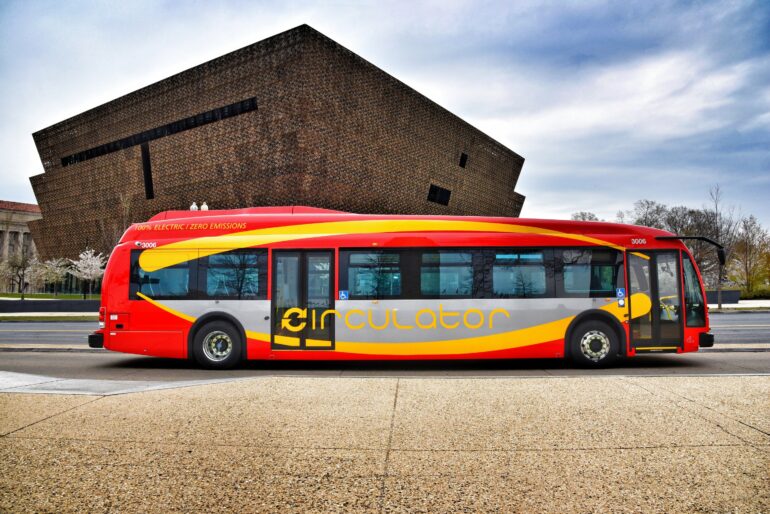Electrification of public transport is widely seen as a promising way to save energy and reduce emissions. Electric buses generally have a low range and long charging time, which can lead to “range anxiety” among operators and drivers. Accurate energy consumption estimations of electric buses can guide operators and drivers to better plan and use electric buses, and effectively reduce “range anxiety.”
In a study published in IEEE/CAA Journal of Automatica Sinica, Dr. Lin Mingqiang’s group from Fujian Institute of Research on the Structure of Matter of the Chinese Academy of Sciences proposed a new energy consumption estimation method based on random forest regression (RFR) to estimate the instantaneous energy consumption for electric buses.
RFR is a Bagging model based on decision trees, which is a parallel idea to create multiple tree models at the same time, and these tree models will not have any influence on each other. Its main characteristic is dual randomness, that is, data sampling randomness and feature sampling randomness.
The researchers selected the influencing factors of electric bus energy consumption from multiple sources such as driving behavior, vehicle state, and external environment. Among them, the driving behavior characteristics include speed, acceleration, gear, accelerator pedal, and deceleration pedal state. Vehicle state characteristics include state parameters of the battery, motor, and motor controller. External environmental characteristics mainly include weather characteristics.
The researchers proposed an ensemble learning model RFR to predict the instantaneous energy consumption of electric buses. Under the effect of double randomness, each tree is trained with different data and characteristics, which gives each tree its personality. The prediction results of all tree models are averaged as the prediction results of RFR.
In addition, the researchers analyzed the importance of characteristics by calculating the Gini coefficient, and the results showed that the state characteristics of the motor controller and battery have a significant influence on the instantaneous energy consumption of electric buses. Among the characteristics of driving behavior, accelerator pedal state and speed are two more important factors. Among the external environmental features, only the environmental temperature is important for instantaneous energy consumption.
The researchers used an ensemble learning model to predict the instantaneous energy consumption of electric buses and achieved good prediction results. Through the analysis of feature importance, they determined the influence degree of different features on the instantaneous energy consumption of electric buses.
More information:
Mingqiang Lin et al, Letter: Multi-feature fusion-based instantaneous energy consumption estimation for electric buses, IEEE/CAA Journal of Automatica Sinica (2022). DOI: 10.1109/JAS.2022.106010
Provided by
Chinese Academy of Sciences
Citation:
Researchers propose new estimation method for instantaneous energy consumption of electric buses (2022, October 24)



